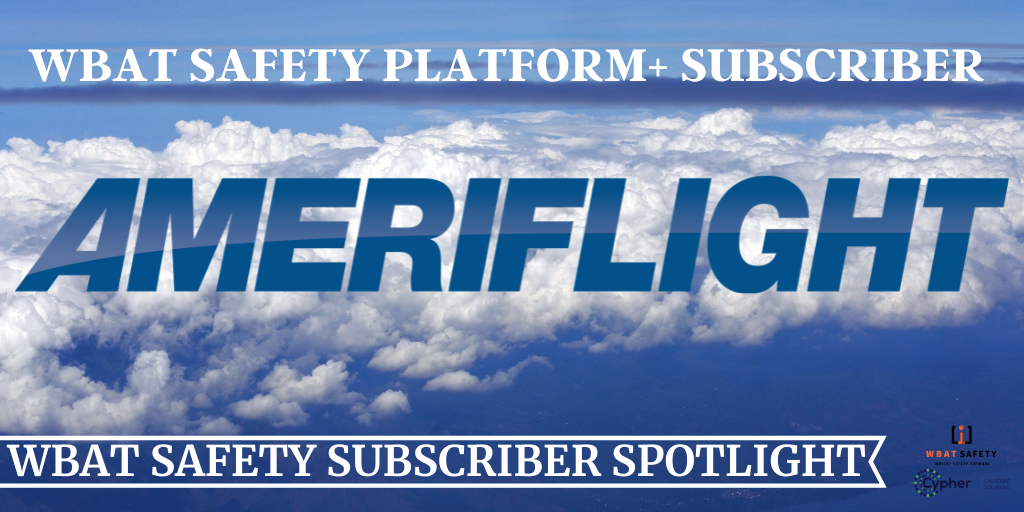
Home /Subscriber Spotlight: Ameriflight, LLC
Subscriber Spotlight: Ameriflight, LLC

How do you use the WBAT platform? Ameriflight utilizes the WBAT platform to allow our pilots and mechanics to file ASAP, Incident, and Fatigue reports. The WBAT platform, including the WBAT Mobile app, creates an easy-to-use tool for our employees to file required and non-required safety-related reports.
About the author
WBAT Safety
